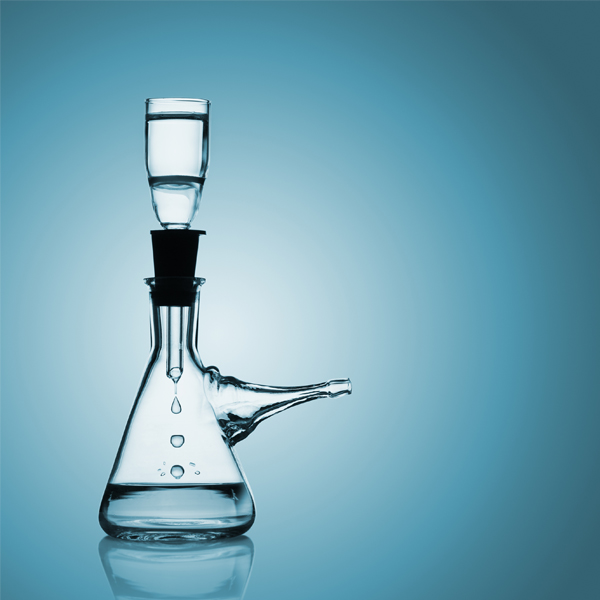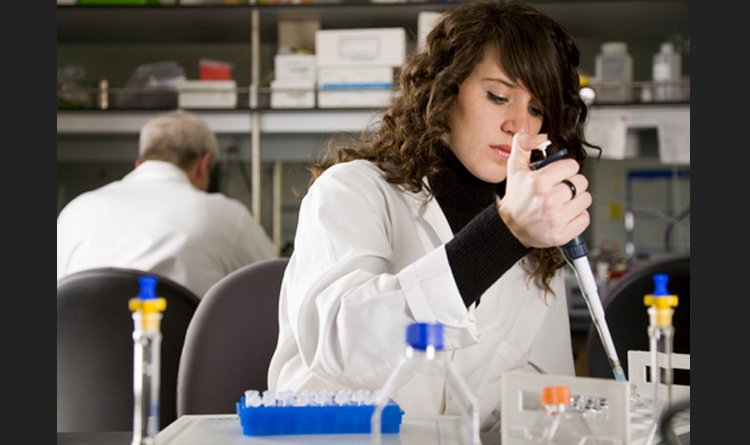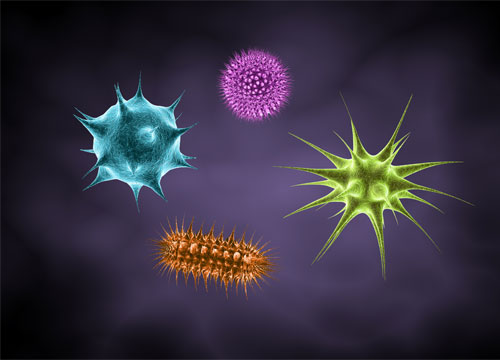Separation Processes of Significance in Laboratories


It is indeed rare to come across materials of required purity for human consumption, laboratory use or industrial manufacturing. In majority of situations you have to resort to subsequent separation for isolation of the required product from other undesirable impurities for confirmation of identity and quantitative estimations. From times immemorial separations have been in use for purification food grains, natural pigments, salt from seawater, alcohol distillation, etc.
Separation processes generally fall in two main categories, namely, physical and chemical. The article is an attempt to cover different separations which are of significance in routine laboratory operations.
Physical Separations
Physical separations are common in home, laboratories and industrial operations. Such separations are based on physical properties of different materials constituting the mixtures.
Shape and size – a common example is separation of foodgrains from unwanted impurities like small stones or soil lumps by hand picking. Finer separation is achieved by sieving using different mesh screens.
Colour – a number of separations can be carried out such as dry pigment granules by hand picking of differently coloured grains.
Filtration – is a classical laboratory separation practice with which you would be familiar from your school days. Suspended solids or precipitates in solution are removed by filtration using filter papers secured in glass funnels.
Centrifuging – centrifuging offers a faster and convenient approach for removal of solid suspensions in comparison to classical filtration methods. Solutions containing suspended particles are spun at high rpm speeds in centrifuges. After some time the solid suspensions settle down at the bottom of centrifuge tubes as a result of centrifugal forces and can be easily separated from solution.
Evaporation – dissolved solids can be removed from solutions by simply allowing the solution to evaporate or heating in a beaker. The solvent evaporates or boils off leaving behind a solid residue.
Distillation – distillation leads to separation of one or more liquids in a homogeneous mixture on the basis of differences in their boiling points. Distillation plays a major role in isolation of pure fractions during refining of crude petroleum.
Sublimation – sublimation occurs when a material changes phase from solid direct to gas without melting to a liquid. Dry ice or solid carbon dioxide is a common example which changes to gaseous carbon dioxide at room temperature without liquefaction.
Another example is ammonium chloride which can be removed from a solid mixture by gently heating the mixture on a watch glass and collecting the pure ammonium chloride deposited as a powder on the inside wall of an inverted funnel covering the mixture.
Ion-exchange – ion-exchange is a process involving passing the mixture of charged species in a liquid through an ion exchange column which retains oppositely charged ions and permits the ions bearing same charge to pass through. It is used extensively in water purification.
Solvent extraction – it is used to isolate mixture of liquids having different miscibilities by shaking them in a separation funnel.The technique is also useful in isolating dissolved solids species having different solubilities in the selected solvents.
Crystallization – pure compounds can be separated from a dissolved state in a solution by allowing the solution to cool gradually to room temperature after seeding the solution with a crystal of the pure compound.
Chemical Separations
The basis of chemical separations is reactions producing insoluble precipitates which can be separated by physical processes subsequently. Such reactions generally fall in the following categories:
Precipitation which is the reaction between different compounds in solution to form insoluble solid reaction products
Complex formation produces insoluble products resulting from the reaction between a metal and a complexing agent.
Chromatography
Chromatography is a mature separation technique which has established its presence in laboratories across the world. It is a unique separation technique which can involve physico-chemical interactions between solutes in the carrier mobile phase and the stationary phase. Liquid chromatography evolved through developments in Thin layer chromatography and HPLC. The vast choice of stationary phases and detectors help resolve components of pharmaceuticals, foods, cosmetics, proteins, biomolecules,etc. Similarly Gas chromatography offers separation of volatile components in petroleum fractions, flavours in foods, fragrances in cosmetics and perfumes, environmental pollutants and forensic investigations.






Responses